This article was co-authored by Trudi Griffin, LPC, MS. Trudi Griffin is a Licensed Professional Counselor in Wisconsin specializing in Addictions and Mental Health. She provides therapy to people who struggle with addictions, mental health, and trauma in community health settings and private practice. She received her MS in Clinical Mental Health Counseling from Marquette University in 2011.
There are 11 references cited in this article, which can be found at the bottom of the page.
This article has been viewed 26,124 times.
Eating disorders are serious mental health conditions that negatively impact your physical and emotional health; they can also negatively impact your ability to function in various domains of your life. Eating disorders generally stem from an excessive focus on your body image and/or weight and are most likely to develop in the teen or early adult years, more commonly in women.[1] While "minor eating disorder" isn't in the DSM as an official diagnostic criteria, you can get a sense of whether you may have a minor eating disorder by learning about different types of eating disorders. You may have one of these disorders to a certain degree. Keep in mind, however, that only a qualified and licensed mental health professional can make an official diagnosis.
Steps
Learning About Eating Disorders
-
1Learn about anorexia nervosa. People with anorexia nervosa (also called anorexia) are characterized by a very low body weight that is caused by reduced calorie intake; they tend to have an intense fear of gaining weight and can have warped perceptions about their body image. Efforts to reduce weight might include:[2]
- Excessive exercise.
- Intentionally vomiting after eating.
- Using laxatives to lose weight.
-
2Learn about bulimia nervosa. People with bulimia nervosa (also called bulimia) have episodes of binging (eating excessively), at least once a week for three months, and purging (e.g., forcing oneself to vomit) and may report a lack of control over their eating behaviors. Bulimia nervosa is associated with having three or more of the following:[3]
- You eat much more quickly than most people.
- You eat until you are so full that you feel uncomfortable.
- You feel disgusted with yourself or ashamed or guilty over your eating behavior.
- You eat a lot even when you don't feel hungry.
- You eat in private because you are embarrassed by how much you are eating.
Advertisement -
3Know about binge eating disorder. People with binge eating disorder eat too, and feel guilty about it afterwards, much like in the case of those with bulimia nervosa.[4]
- However, those with binge eating disorder tend not to purge afterwards.
- People with binge eating often report feeling a lack of control over their food intake behavior.
-
4Learn about other eating disorders. There are other kinds of eating disorders beyond these major three. Learn about them so that you can compare your own behavior to the disorder to get a sense of whether you might have one of these eating disorders:
- Pica. People with pica habitually (i.e., the behavior lasts for at least a month) eat non-food items such as hair, clothing, dirt, or soap.[5]
- Rumination disorder. Those with rumination disorder repeatedly regurgitate food after eating it. This is not due to a medical condition nor is it attributable to behavior associated with another eating disorder, such as purging (although it is commonly confused with GERD).[6] There is no nausea or gagging that is associated with the regurgitation of food.
- Avoidant/resistant food intake disorder (ARFID). People with ARFID show an apparent lack of interest in eating food or show concern about the consequences of eating food; these concerns lead to insufficient calorie intake and nutrition/health concerns.[7]
Assessing Your Behavior
-
1Ask yourself whether you like how you look. One typical contributor to eating disorders is an excessive focus on one's body image and/or weight.[8] Try to be honest with yourself and ask if you like the way that you look.
- Most people have some things about their bodies that they aren't happy with, but people with eating disorders can have warped perceptions about how their body actually looks. Because of this, it is important to ask yourself what you think about your own body, and not just give objective measurements such as how much you weigh.
-
2Assess how often you check your weight. Do you ever weigh yourself? Weighing yourself is a great way to keep track of how healthy you are being and what your body likes and doesn't. But, if you continually weigh yourself, sometimes more than once a day, it may be a sign that you have an eating disorder.
-
3Consider your clothing. Do you often tug at, pinch, or cover at the area of your body that you are uncomfortable with? People with eating disorders sometimes try to cover up what they dislike about themselves; they may wear baggier clothes, touch or try to cover any excess fat they may have, etc.[9]
- To help you figure out how common these behaviors are, keep a journal on you and write down the time and make an entry whenever you find yourself doing one of these behaviors.
-
4Think about how you deal with stress. Do you have a lot of stress in your life? People who work a lot, or have a busy life are more likely to succumb to an eating disorder than those with a healthy balance of life and work. People sometimes try to deal with a stressful lifestyle by eating a lot, or eating unhealthy foods.[10]
- If this rings true to you, try to manage your stress in healthier ways such as by getting moderate amounts of exercise, getting plenty of sleep, talking to friends and family about your stressors, and/or through meditation.[11]
-
5Ask whether you fit the profile of an eating disorder. Review the criteria for the various eating disorders: Does it seem like you might have anorexia nervosa, bulimia, or another eating disorder, in either a minor or major form?
- If you suspect you may have an eating disorder, it is time to visit a licensed mental health professional for an official diagnosis.
-
6See a licensed mental health professional. Only someone qualified, such as a licensed mental health professional, should diagnose you with an eating disorder. If you do not have a "major" eating disorder, you may be diagnosed with Eating Disorder Not Otherwise Specified (NOS; although this is now an outdated diagnostic category), or with Unspecified Feeding and Eating Disorders (UFED), which are clinically significant disorders that fail to meet the criteria for another eating disorder.[12]
- If you feel that you have been misdiagnosed, it may make sense to see a medical doctor to rule out other possibilities for your weight gain or loss.
-
7Seek treatment. If you are diagnosed with an eating disorder, be sure to ask whoever diagnoses you about your treatment options. Treatment is often a team-based approach that involves a combination of psychotherapy, medication, and education on nutrition, and may include:[13]
- Medical providers to monitor your health.
- Mental health professionals.
- Dietitians.
References
- ↑ https://www.psychiatry.org/patients-families/eating-disorders/what-are-eating-disorders
- ↑ https://www.mayoclinic.org/diseases-conditions/anorexia-nervosa/symptoms-causes/syc-20353591
- ↑ https://www.nimh.nih.gov/health/topics/eating-disorders
- ↑ https://www.psychiatry.org/patients-families/eating-disorders/what-are-eating-disorders
- ↑ https://www.nationaleatingdisorders.org/learn/by-eating-disorder/other/pica
- ↑ https://rarediseases.info.nih.gov/diseases/7594/rumination-disorder
- ↑ https://www.merckmanuals.com/professional/psychiatric-disorders/eating-disorders/avoidant-restrictive-food-intake-disorder-arfid
- ↑ https://www.nhs.uk/mental-health/feelings-symptoms-behaviours/behaviours/eating-disorders/overview/
- ↑ https://www.nhs.uk/mental-health/feelings-symptoms-behaviours/behaviours/eating-disorders/overview/
- ↑ https://health.clevelandclinic.org/eating-disorders-and-covid-pandemic/
- ↑ http://www.mayoclinic.org/healthy-lifestyle/stress-management/basics/stress-basics/hlv-20049495
- ↑ http://www.ncbi.nlm.nih.gov/pmc/articles/PMC2785872/
- ↑ http://www.mayoclinic.org/diseases-conditions/eating-disorders/basics/treatment/con-20033575
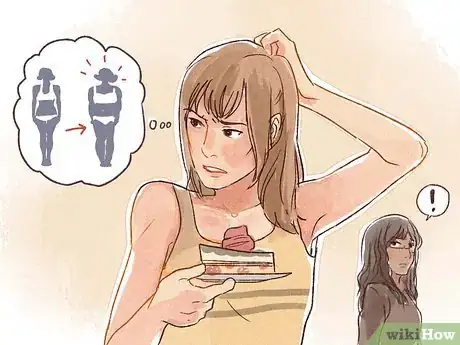
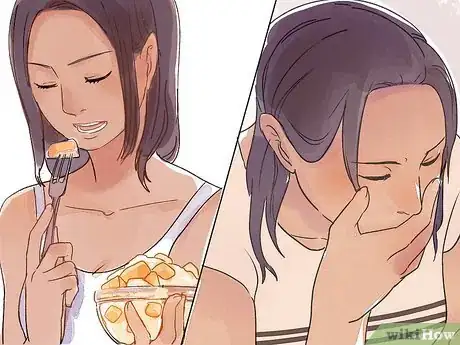

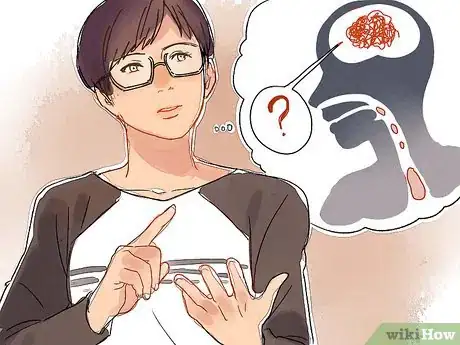

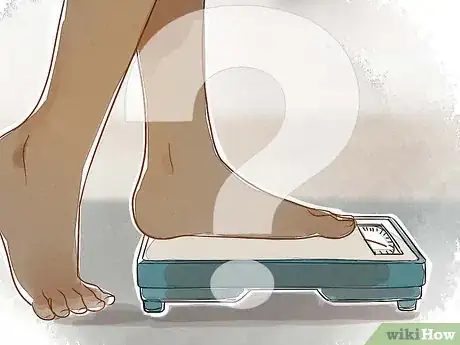
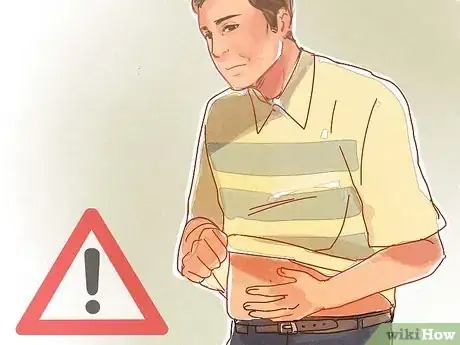

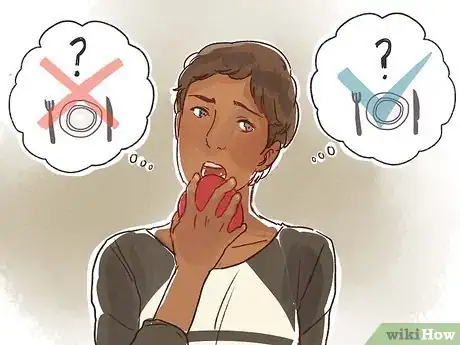

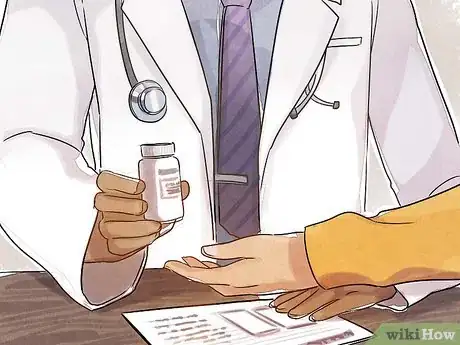

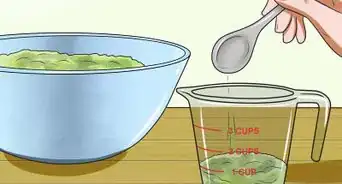
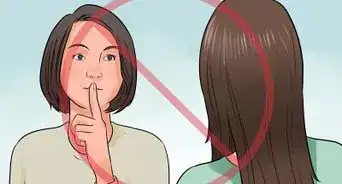






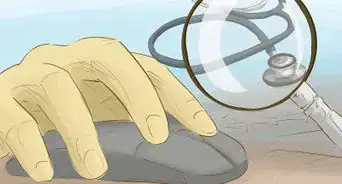











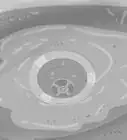






































Medical Disclaimer
The content of this article is not intended to be a substitute for professional medical advice, examination, diagnosis, or treatment. You should always contact your doctor or other qualified healthcare professional before starting, changing, or stopping any kind of health treatment.
Read More...